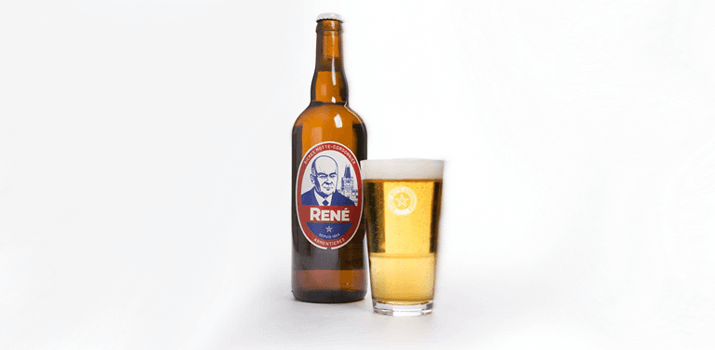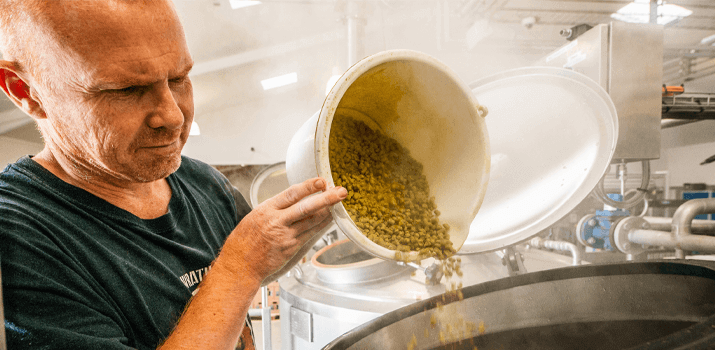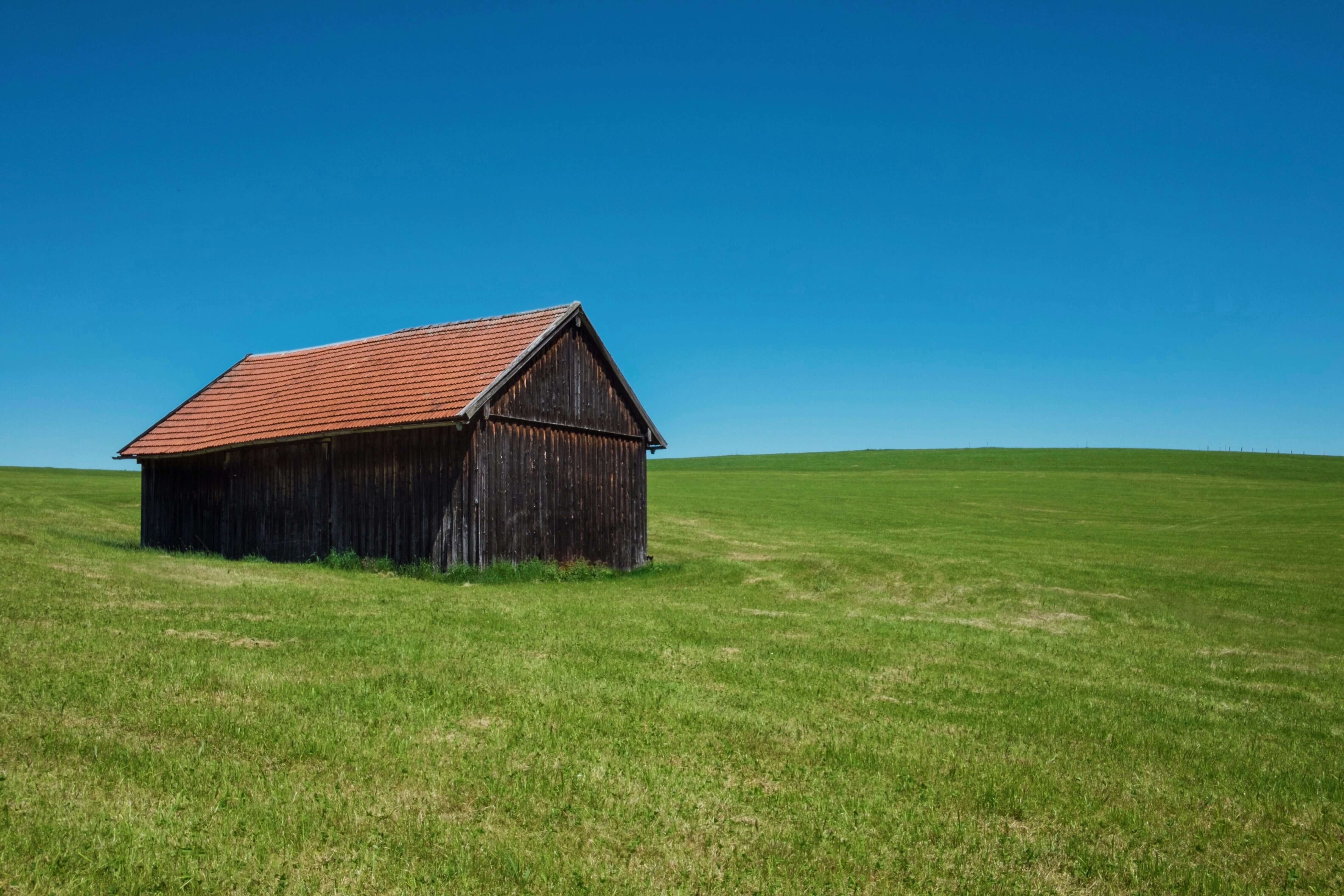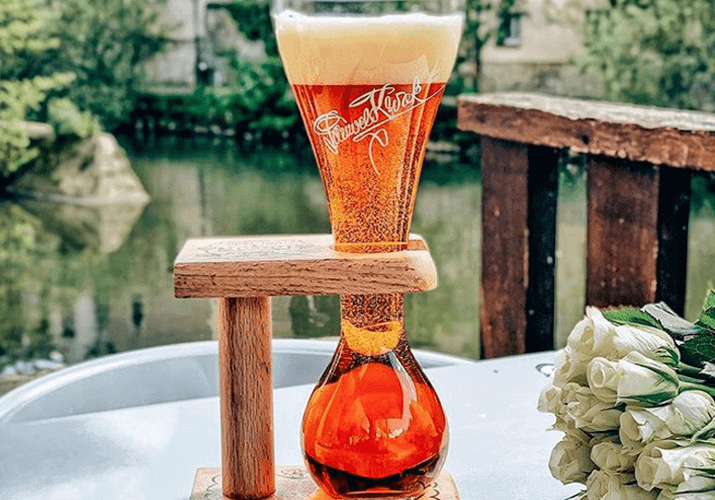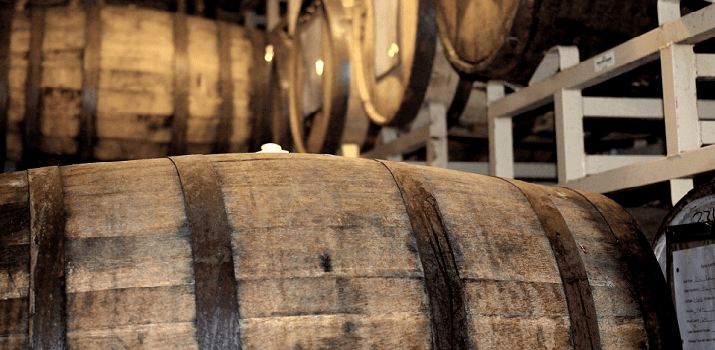
The brewing revolution is bringing us a world of colors—and a world of flavors! Beer lovers are discovering exciting new styles, from Brut IPAs to sour beers and even barley wines. But you can take it a step further by ageing your beer in barrels!
In fact, barrel-ageing beer isn’t a new trend. It’s a revival of tradition! Before stainless steel fermenters became standard, beer was always stored in oak barrels.
Why age beer in barrels?
Barrel-ageing beer enhances and refines your brew, infusing it with unique aromas and flavors that go beyond what hops, malts, and yeasts can deliver. The type of barrel you choose plays a big role: a bourbon barrel will impart rich bourbon notes, while a pinot noir barrel can bring hints of black cherry and tannins. Ageing your beer in a barrel previously used for other beverages adds complexity and depth to your creation.
Even a new oak barrel offers exciting possibilities. Wood is porous, allowing subtle interactions with the beer, and it naturally harbors bacteria that can influence flavor. Be sure to clean new barrels thoroughly—steam cleaning is a great option. Keep in mind that a new barrel will impart more intense wood notes to your beer.

Which beers are best for Barrel-Ageing?
The only limit is your creativity. While dark, strong, and spiced beers are traditionally chosen for barrel-ageing, why not experiment with a lager? Just note that hoppy beers like IPAs tend to lose their fresh hop aroma over time, though they’ll take on characteristics similar to the original IPAs that once traveled from England to India.
The key is finding the perfect balance between the beer and the barrel. Imagine an Imperial Stout with roasted notes ageing in a bourbon barrel, picking up hints of vanilla and caramel—it’s all about complementary flavors.
How long should you age beer in a barrel?
At least five months is recommended to truly notice the benefits of barrel-ageing. After all that effort, it would be a shame to bottle too early!
In the first two months, your beer will absorb woody notes. For deeper vanilla flavors, consider ageing up to 12 months. Maintain a stable temperature, ideally between 12°C and 15°C, throughout the ageing process.
How to age beer in a barrel
Always fill your barrel to the brim to minimize oxygen exposure. Oxygen can encourage unwanted bacteria growth and lead to oxidation, which could spoil your beer.
That said, not all bacteria are harmful—you can even embrace them to craft a sour beer. Naturally occurring bacteria in the wood can contribute fruity notes and pleasant lactic acidity. Whether you’re after bold, sour flavors or the subtle influence of the barrel’s previous contents, barrel-ageing opens up a world of possibilities.
With these tips, we hope you’ll be inspired to explore barrel-ageing and create a beer with rich, woody character. Cheers!
ALCOHOL ABUSE IS DANGEROUS FOR YOUR HEALTH. PLEASE DRINK RESPONSIBLY.
Read other articles : How can beer be used for hair ? and How should Kwak be served ?

